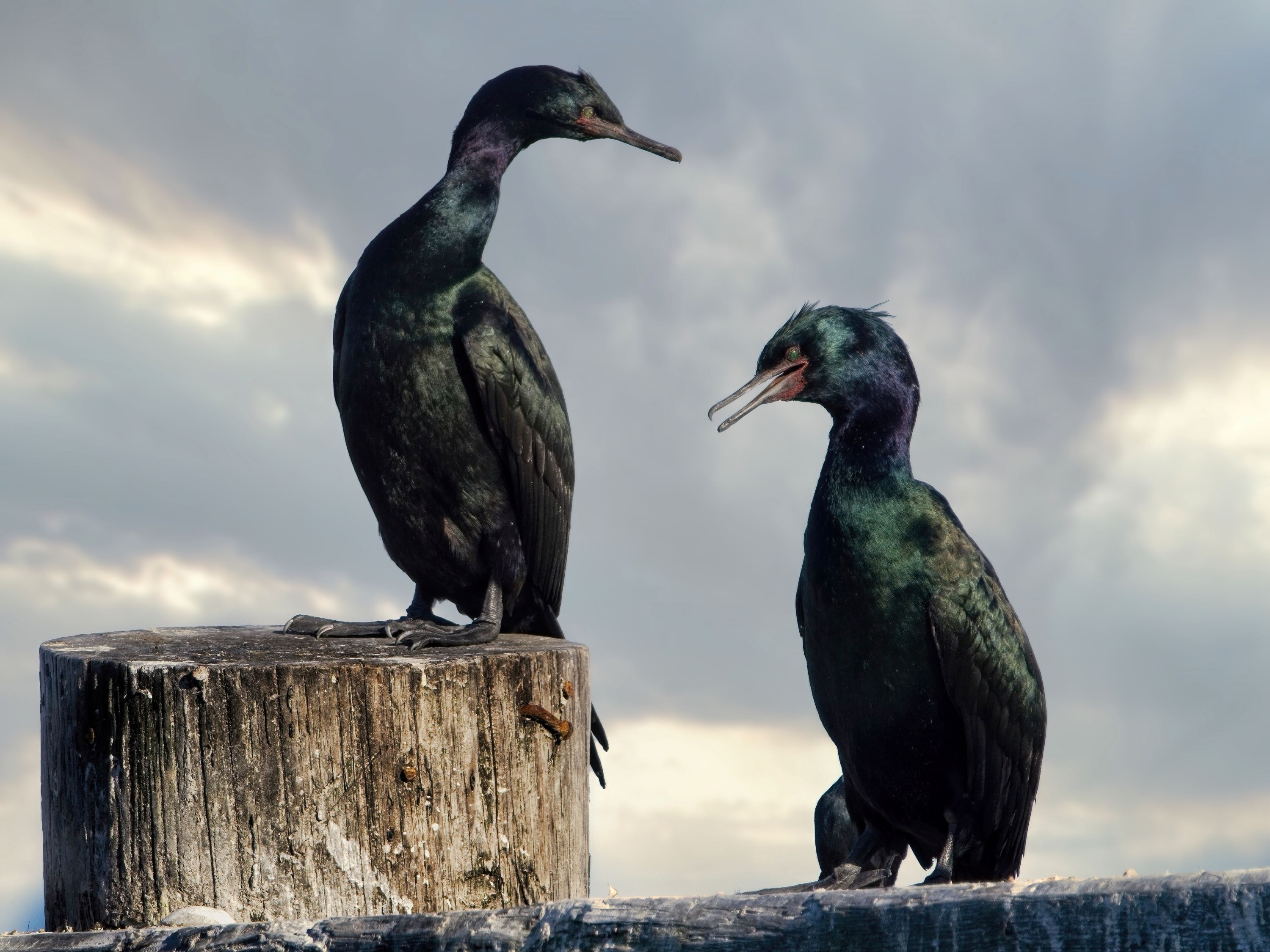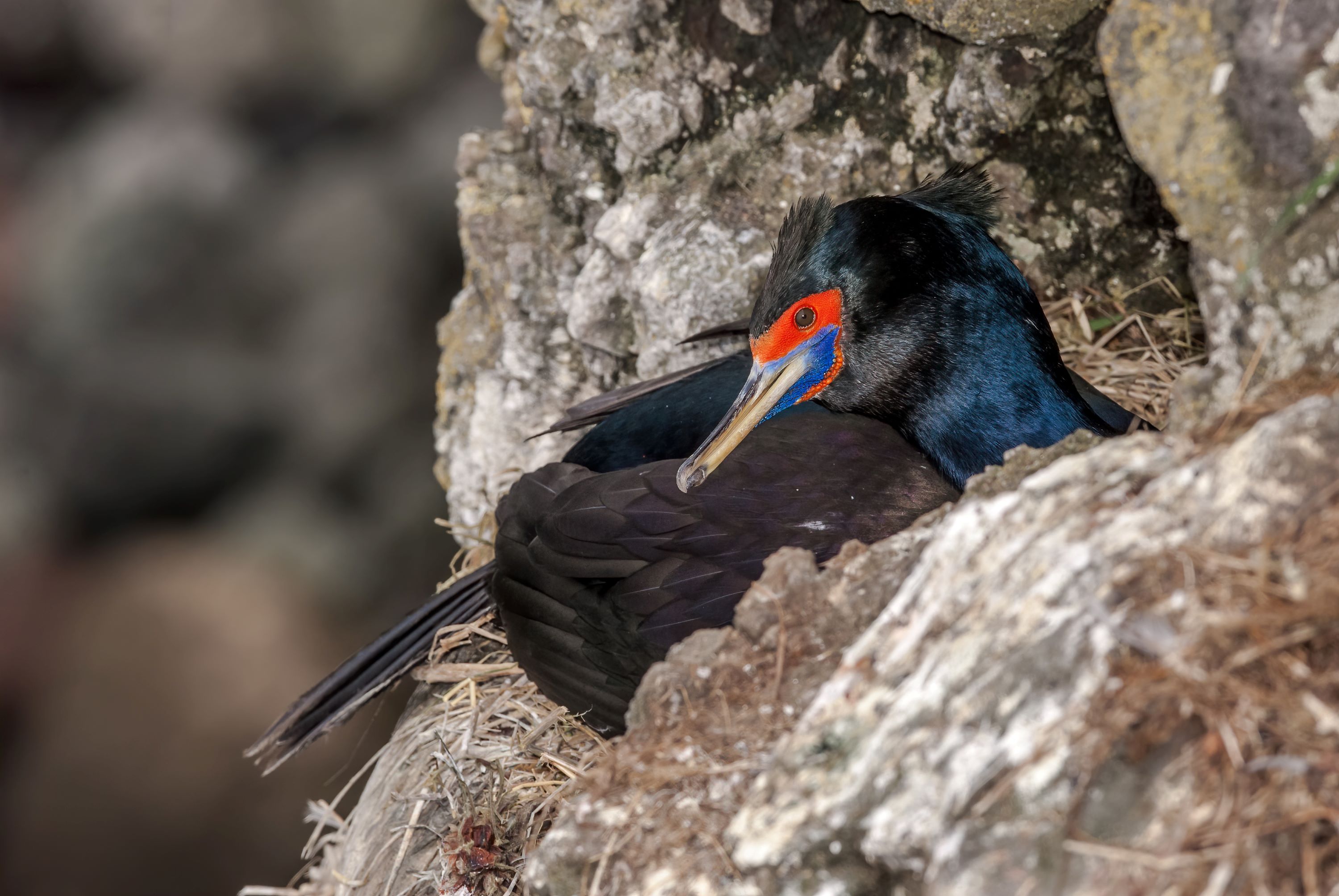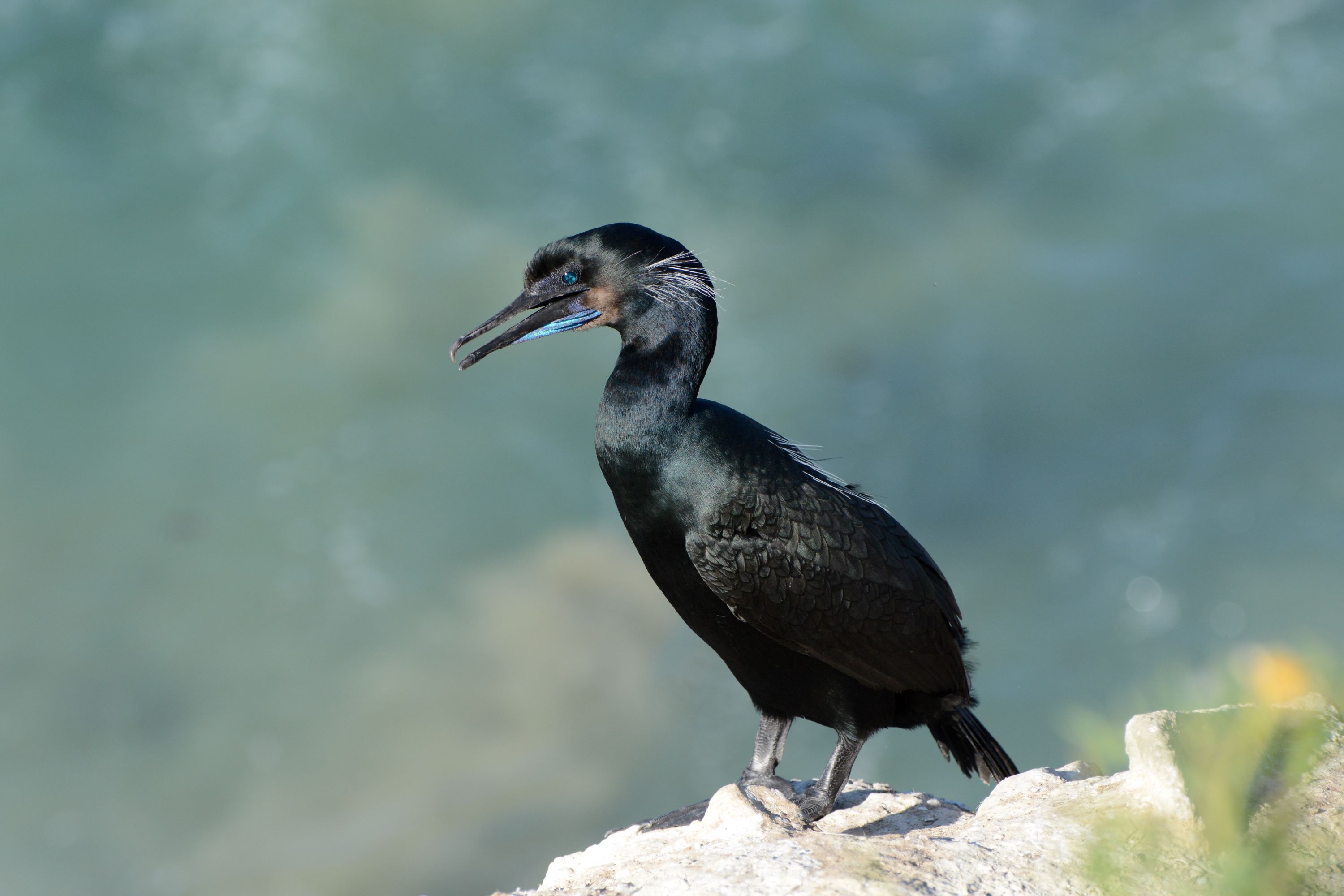
Genus Urile: The Seafaring Cormorants of the Northern Seas
Introduction to the Genus Urile
The Genus Urile, part of the cormorant family Phalacrocoracidae, represents a group of seabirds known for their adeptness in marine environments. This genus includes several species of cormorants that are particularly adapted to colder northern waters, showcasing unique behaviors and adaptations that make them fascinating subjects of ornithological study.
Physical Characteristics of Urile
Members of the Genus Urile are characterized by their medium to large size, robust bodies, and long necks. They possess predominantly dark plumage, often with glossy or iridescent tones, and strong, hooked bills designed for fishing. Distinctive to this genus is their ability to adapt to colder climates, with more insulated plumage compared to their relatives in warmer regions.
Habitat and Distribution
Urile species are commonly found along the coasts and islands of the northern Pacific Ocean, with some species extending their range to the Bering Sea and the North Atlantic. They prefer rocky coastal areas and islands, where they can be found on cliffs and outcrops, ideally suited for their nesting and roosting habits.

Diet and Feeding Habits
These birds are primarily piscivorous, with their diet consisting mainly of fish and, to a lesser extent, other marine organisms. They are excellent divers, using their webbed feet to propel themselves underwater in pursuit of prey. Their hunting skills are finely tuned to the cold, often murky waters of their habitat.
Breeding and Nesting Behaviors
Urile cormorants are known for their colonial nesting habits. They typically breed on steep, inaccessible cliffs or on rocky islands, providing them protection from predators. Their nests are constructed from seaweed, sticks, and other materials, cemented together with their droppings.
Egg Laying and Incubation
The female lays a clutch of 3 to 4 eggs, with both parents sharing the responsibility of incubation. The incubation period varies among species but generally lasts about 4 to 5 weeks. The nesting colonies are often densely packed and can be noisy with the sounds of courting, nesting, and chick-rearing activities.

Chick Rearing and Development
Chicks are born altricial and require significant parental care. Both parents are involved in feeding the chicks, primarily through regurgitation. The chicks grow rapidly, developing the necessary plumage and skills for independent life, including diving and fishing.
Adaptations to Cold Environments
Urile cormorants have several adaptations that allow them to thrive in colder northern climates. Their plumage provides better insulation compared to other cormorant species, and their oil glands are well-developed for waterproofing their feathers, crucial for maintaining body heat in cold waters.
Conservation and Environmental Challenges
While some Urile species are not currently considered endangered, they face threats from habitat destruction, environmental pollution, and climate change. Conservation efforts are focused on protecting their breeding grounds and ensuring the health of the marine ecosystems they depend on.
Urile Species in Utah
The species within the Genus Urile are not typically found in Utah, as their habitat preferences are tied to the colder northern coastal regions.
Conclusion: The Resilient Genus Urile
In conclusion, the Genus Urile, with its specialized members, plays a vital role in the ecology of northern marine environments. Their unique adaptations for life in colder climates, skilled hunting techniques, and social breeding behaviors underscore the diversity within the cormorant family. Understanding and preserving these species are essential for maintaining the ecological balance in their native habitats and for the broader health of marine ecosystems worldwide.
- Brandt's cormorant - Urile penicillatus
- Pelagic cormorant - Urile pelagicus
- Red-faced cormorant - Urile urile